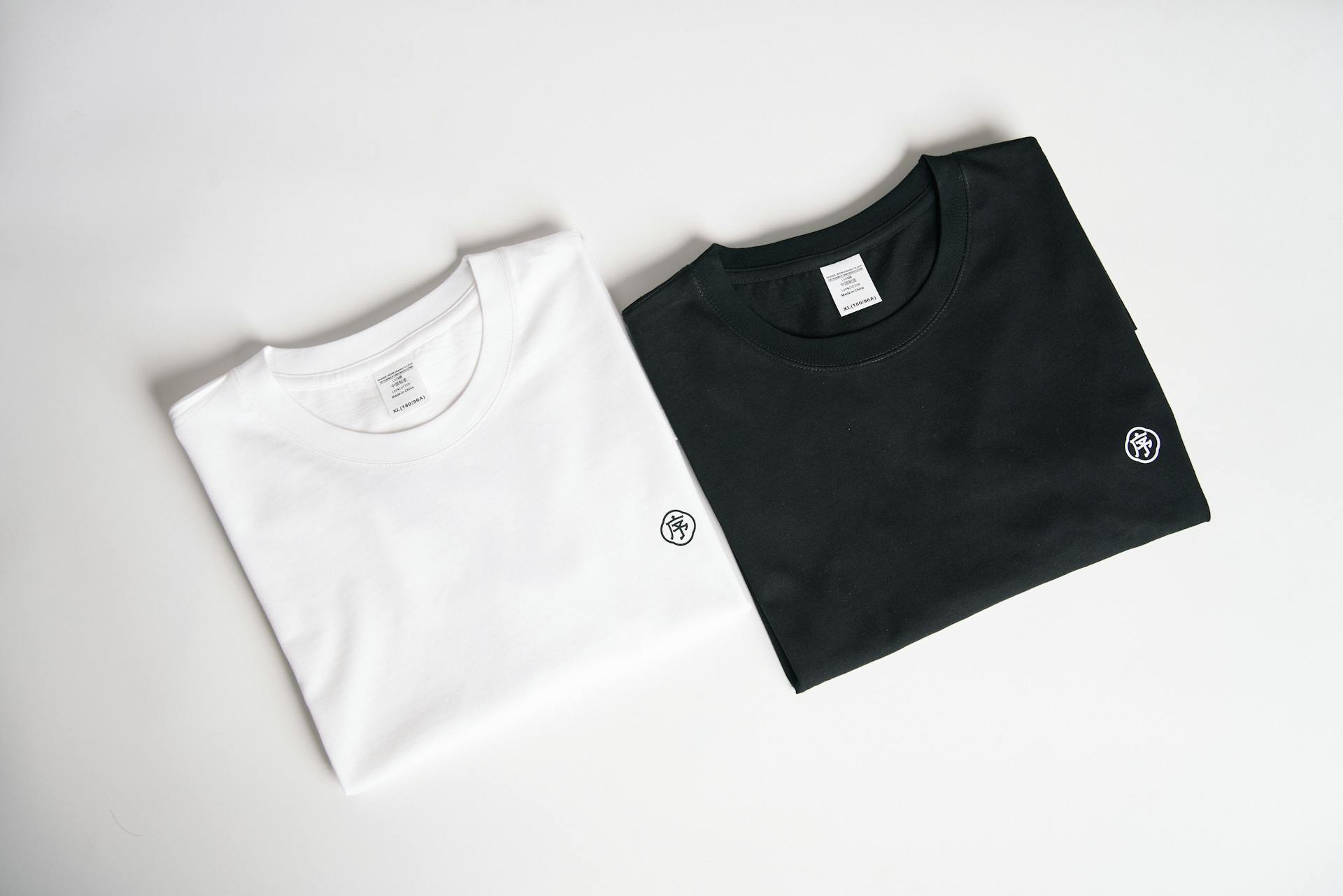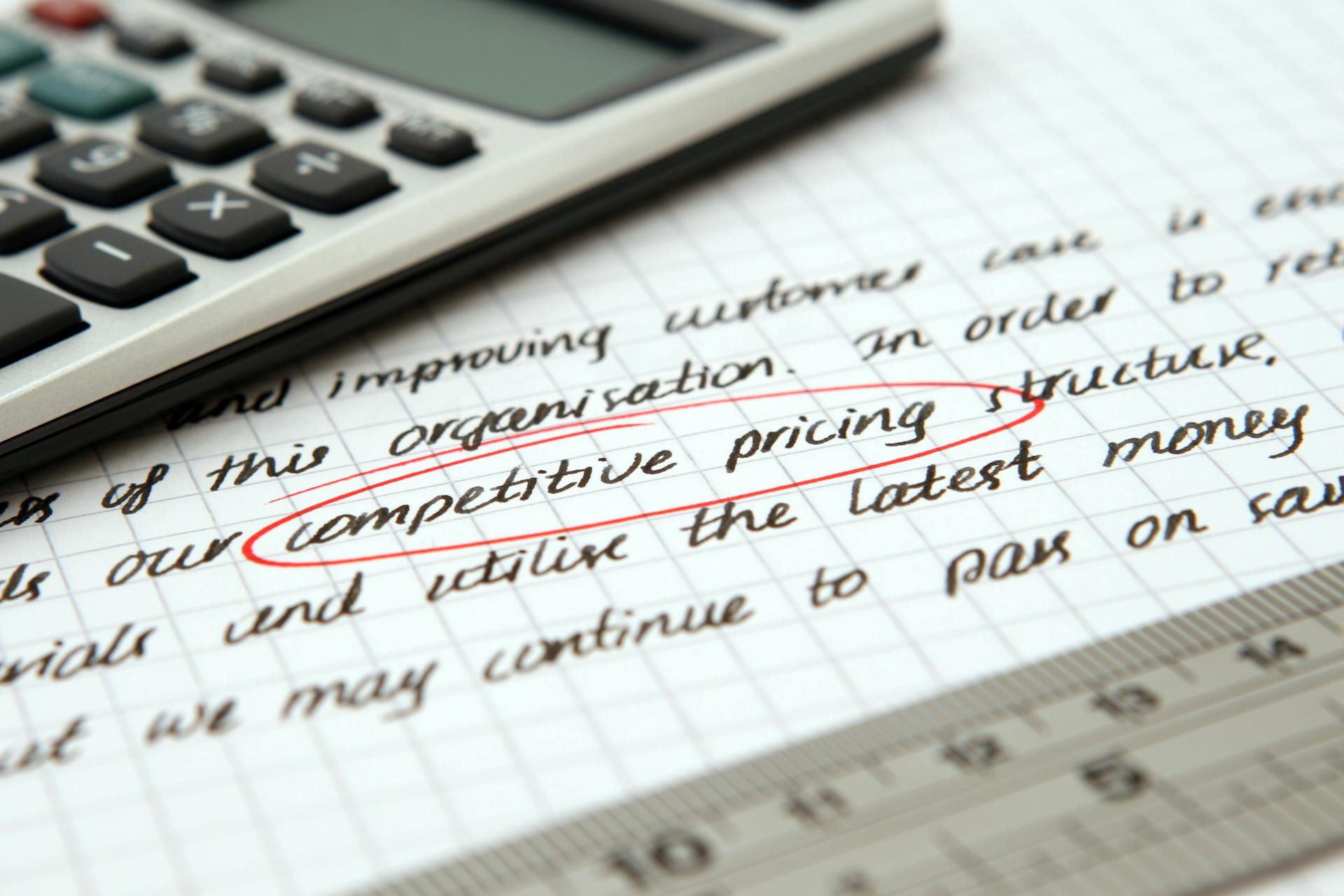How to Price Custom T-Shirts for Maximum Profit

Effective pricing custom t-shirts is key to your t-shirt business success. Good pricing custom t-shirts helps your brand shine in a busy market. Watch competitors and learn what customers like to buy. This will help your brand earn more and stay successful.
Understanding Costs for Pricing Custom T-Shirts

Knowing your costs is key to pricing custom t-shirts. Let’s look at the main cost factors you should think about.
Design and Artist Costs
The design is the main part of your t-shirt. You can make it yourself or hire an artist. Freelance artists charge $50 to $500 per design. Prices depend on how detailed the design is and the artist’s skill. Tools like Canva or Adobe Illustrator let you create designs, but they may need a paid subscription.
Tip: Start with simple designs. They cost less and appeal to more people.
Production and Platform Costs
Production costs are important for setting t-shirt prices. These include the blank t-shirt, printing, and extra features. Here’s a simple cost breakdown:
Cost Component | What It Covers | Cost ($) | Bulk Cost (per unit) ($) |
|---|---|---|---|
T-shirt Blank | Price of the plain t-shirt before adding designs. | $5 – $10 | $3 – $7 |
Printing Method | Costs for screen printing, digital printing, or embroidery. | $2 – $5 | $1 – $3 |
Design Complexity | Extra fees for detailed or colorful designs. | $0 – $3 | $0 – $2 |
Quantity | Discounts for ordering many shirts. | N/A | Lower prices |
Additional Features | Special inks, tags, or packaging costs. | Variable | Variable |
Eco-friendly t-shirts cost more, about $25 each. Regular t-shirts cost around $15 each. Bulk orders lower the cost per shirt, especially for big clients.
Shipping and Taxes
Shipping and taxes can lower your profit if ignored. Shipping costs depend on weight, location, and method. Free shipping attracts buyers, but you must include its cost in your price.
Taxes differ by location, so check local rules. Some U.S. states tax clothing, while others don’t.
Note: Use tools like USPS or FedEx calculators to estimate shipping costs.
Marketing Expenses
Marketing helps grow your business but costs money. Most businesses spend 15-20% of their budget on marketing. This includes ads, influencer deals, and social media campaigns.
If you’re new, try cheaper methods like social media posts or working with small influencers. Later, you can use paid ads to reach more people.
Pro Tip: Check your marketing ROI to see if your spending leads to sales.
Knowing these costs helps you price t-shirts wisely. After calculating expenses, set a profit goal and pick a pricing plan.
Setting a Target Profit Margin and Maximizing Profit
Pricing custom t-shirts needs a clear profit margin goal. This helps cover costs, stay competitive, and earn more money. Let’s break it into simple steps.
Choosing Your Profit Margin Goal
Profit margin is the percentage of money you keep after costs. For custom t-shirts, aim for a 30% to 50% profit margin. This range covers expenses and allows growth.
To set your profit margin, check important financial numbers. These numbers show how your business is doing and guide pricing. Here’s a quick list:
Metric | What It Means |
|---|---|
Gross Profit Margin | Money left after paying for making the shirts. |
Operating Profit Margin | Money left after paying for making shirts and running the business. |
Net Profit Margin | Money left after all costs, including taxes and interest. |
Revenue Growth Rate | How much your sales are growing over time. |
Return on Equity (ROE) | How well your business uses its money to make profits. |
Return on Assets (ROA) | How much profit your business makes compared to its assets. |
Internal Rate of Return (IRR) | The rate that makes the value of all cash flows equal to zero. |
Cash Flow Yield | How much cash your investment makes compared to its cost. |
Dividend Yield | How much money a company pays out compared to its stock price. |
Net Present Value (NPV) | The difference between cash coming in and going out over time. |
By looking at these, you can set a realistic profit margin. If your gross profit is too low, adjust prices or cut costs.
Tip: Start with a 30% margin. Raise it as your business grows. This keeps you competitive and increases profit.
Using the Retail Price Formula
After setting your profit margin, use this formula to price shirts:
Retail Price = Total Cost ÷ (1 - Target Profit Margin)
For example:
If a shirt costs $10 and your profit margin is 40%, the price is:
$10 ÷ (1 - 0.40) = $16.67
This formula ensures you cover costs and earn profit. It’s simple and fair for customers.
Pro Tip: Round prices to the nearest dollar. For example, instead of $16.67, charge $17. This small change can increase profit without scaring buyers.
Changing Prices with Market Trends
The custom t-shirt market changes often, so update your prices. Trends, customer likes, and competitors affect pricing.
Here are some trends:
The custom t-shirt market may grow from $4.67 billion in 2025 to $11.37 billion by 2035.
Personalization, branding, and online shopping drive this growth.
Print-on-demand makes it easier for small businesses to join the market.
But challenges like high costs and material price changes can affect pricing. Stay flexible. Offer discounts during slow times or adjust prices if materials cost more.
Note: Watch competitors’ prices and listen to customer feedback. This helps you stay ahead and keep your business strong.
By setting a profit margin, using the formula, and following trends, you can price custom t-shirts smartly. These steps help you earn more while keeping customers happy.
Picking the Best Pricing Plan for Custom T-Shirts
Picking the right pricing plan is very important. It can help your t-shirt business succeed or fail. Let’s look at some smart pricing ideas to stay ahead and make more money.
Matching Competitor Prices
Matching competitor prices means setting prices like others in the market. This works well if many brands sell similar t-shirts. Check what others charge and use it as a guide. For example, if most t-shirts cost $20, you could price yours at $18 to attract buyers. If your shirts are better, you might charge $22. This keeps you competitive and attracts budget-conscious shoppers.
Adding a Profit to Costs
Adding a profit to costs is simple and easy. First, figure out how much it costs to make a t-shirt. Then, add a profit percentage. For example, if making a shirt costs $10 and you want a 40% profit, the price would be $14. This method is great for new businesses. It ensures you cover costs and make money.
Changing Prices Based on Demand
Changing prices based on demand is called dynamic pricing. Big companies like Amazon use this idea. For example, during busy shopping times, you can raise prices a little. This helps you earn more when demand is high. It also keeps your prices competitive.
Selling in Bundles
Selling in bundles means offering several items together for less money. For example, sell three t-shirts for $50 instead of $60. This makes customers feel they’re getting a deal. Bundles encourage people to buy more and increase your sales. Studies show bundling boosts customer happiness and order size.
Using High Starting Prices
Using high starting prices is called anchor pricing. Show a higher price first, then offer a discount. For example, list a t-shirt at $30 but sell it for $20. This makes customers think they’re saving money. Research shows the first price seen affects how much people are willing to pay. This works well for sales or fancy products.
Using Tools and Testing Ideas for a Winning T-Shirt Business

Simple Pricing Tools and Calculators
Pricing tools make setting prices easier and smarter.
Analytics tools can help you earn more money. They show market trends and supply chain details in real-time. This helps you make better pricing choices. These tools also find cheaper ways to attract buyers and use dynamic pricing. By studying costs and profits, they improve how you manage your business and resources.
Using Discounts and Special Offers
Discounts and offers are great for selling more shirts. They give people a reason to buy and make your brand look good. Discounts also help you sell old designs to make space for new ones.
Special offers work because they create urgency. Limited-time deals make customers act fast. Discounts also make people feel happy about your brand. They think they’re saving money, which can lead to repeat purchases and loyalty.
Testing Prices and Watching Trends
Testing prices is important for long-term success. Try different prices to see what works best for sales and profits. For example, A/B testing shows which pricing plan your customers like more.
Keep track of market trends and competitors. Listen to customer feedback through surveys or reviews. This feedback helps you understand what people think about your prices.
Smart Idea | What It Does |
|---|---|
Try Different Prices | Test various pricing plans to see how they affect sales and profits. |
Watch Market Trends | Keep an eye on market changes to adjust prices based on customer needs and competitors. |
Learn from Customer Feedback | Use surveys and reviews to understand how customers feel about your pricing. |
By using these ideas, you can set smart prices and keep your business successful and competitive.
Pricing custom t-shirts means knowing costs and setting profit goals. Use smart strategies to make pricing easier. Tools like Yoycol’s print-on-demand services help simplify the process. The print-on-demand market grew from $3.94 billion in 2022 to $5.04 billion in 2023. This shows how useful it is for businesses. These tools also improve product quality and keep customers happy. They help you create a strong t-shirt business.
Keep testing your prices to find the best options. Testing prices helps you learn what works for sales. It also improves your marketing and increases profits. With good tools and smart plans, you can grow your business and stay ahead of competitors.

